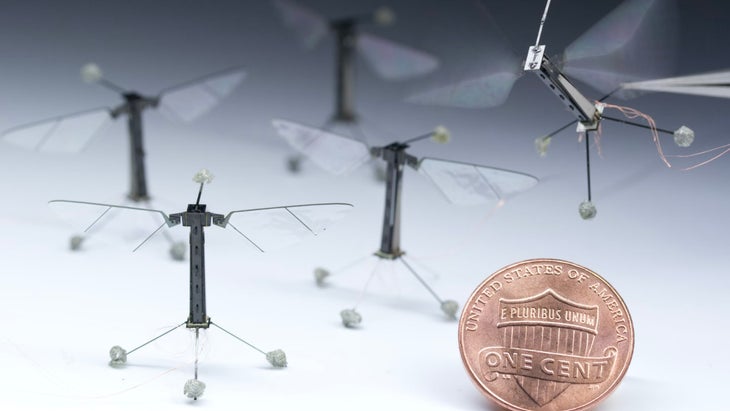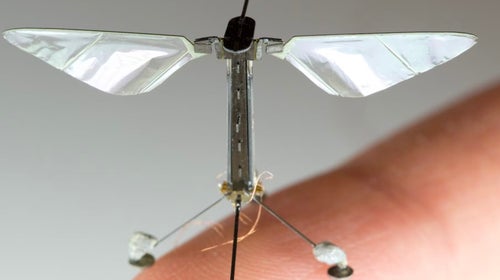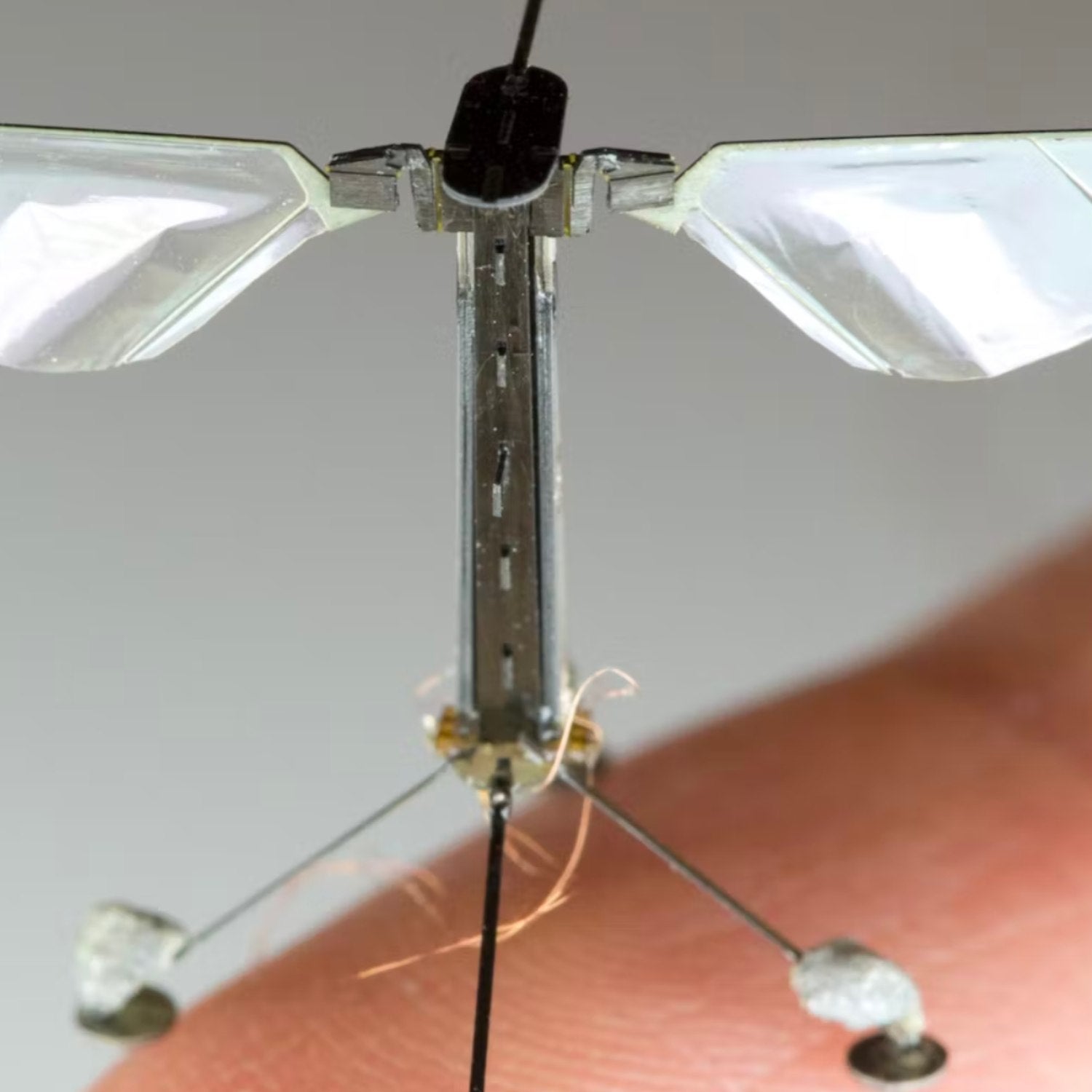Bees play a critical role in our ecosystem and food systems, and itтАЩs no secret that their populations are diminishing. While the cause of bee population decline is ongoing, evidence points to parasites, pests, pathogens, poor nutrition and exposure to pesticides as contributing factors.
To address this decline, researchers are turning to technology and AI to implement some stealth tactics to improve hive health and the bee population that remains.╠¤
is a research-based company that hopes to combine micro-robotic AI into beehives to better support queen bees and produce healthier hives. While the robotic bees are still being developed, the team of researchers at RoboRoyale plan to begin tests within the next few months by placing eight robot court bees тАУ bees that normally interact with the queen тАУ into a hive designed with glass casing so the environment can be observed. Over time, the robots will learn how to groom the queen, in turn optimizing her egg laying and pheromone production. Another use for the robots could be transporting protein-rich foods to the queen at the optimal time when sheтАЩs laying eggs.╠¤
If RoboRoyale proves to be a success, the team believes this non-invasive technology could be used in other ecosystems and creatures.

More Robots to The Rescue: RoboBees
RoboRoyale isnтАЩt the only research-based organization trying to help the bees with AI. Wyss Institute at Harvard University is developing that could one day aid agriculture or disaster relief. The idea is that if the bee population falls into dangerously low numbers, destroying food growth rates, these tiny robots could provide pollination services.
RoboBees, believe it or not, are about the size of a penny and are meant to mimic bee тАШmusclesтАЩ to fly and land independently. Their wings, which flap 120 times per second, function using piezoelectric actuators тАУ strips of ceramic that expand and contract when an electric field is applied.╠¤
ThereтАЩs much more research and testing that needs to be done on RoboBees, but the team at Wyss Institute is excited about the future potential of these tiny but powerful robot insects.╠¤
Can Vegan Honey Help Save The Bees?
It might be easy to tell the difference between a real bee and a robot bee, but vegan honey is a close imitation of the real product. is one of many that curates honey made from fruit, roots and plants rather than bees. For example, the apple-based honey comes from an apple thatтАЩs juiced, reduced and combined with a natural sweetener like agave. The company believes that beekeepers take more honey from bees than necessary for profit, putting the insects at risk of starving in the winter.╠¤
But not all experts are convinced vegan honey will save the honey bee population. Alison McAgee, a postdoctoral fellow at North Carolina State University and author of The Problem With Honey Bees talks about the topic in her journal. She says that bees must be able to survive on their own against pollution, human impact and toxins in the environment.╠¤
Bees тАУ all species тАУ impact 35% of food crops and 75% of the worldтАЩs flowering plants. New technology offers new solutions to help improve bee populations, but the responsibility belongs with people. To find out how you can help save the bees, learn more through .╠¤


